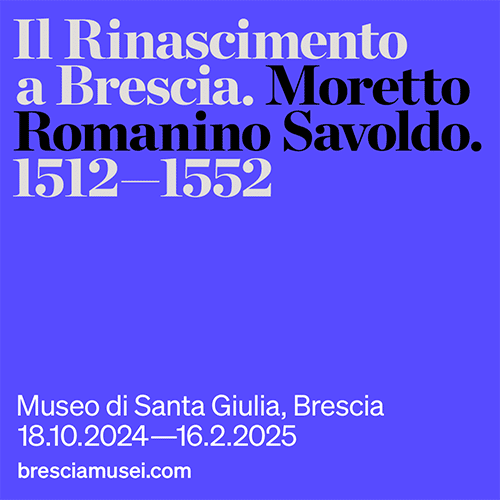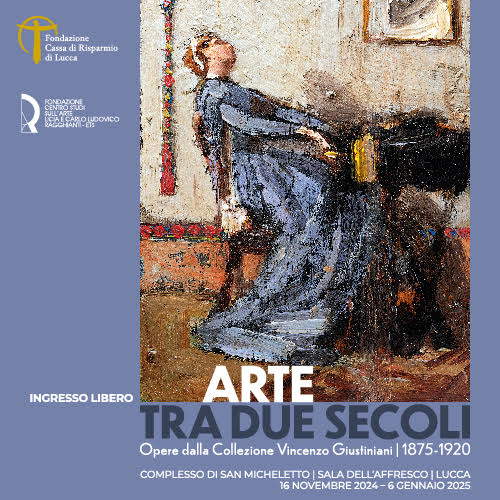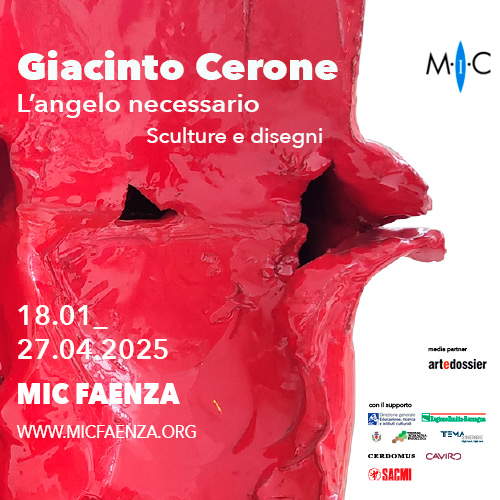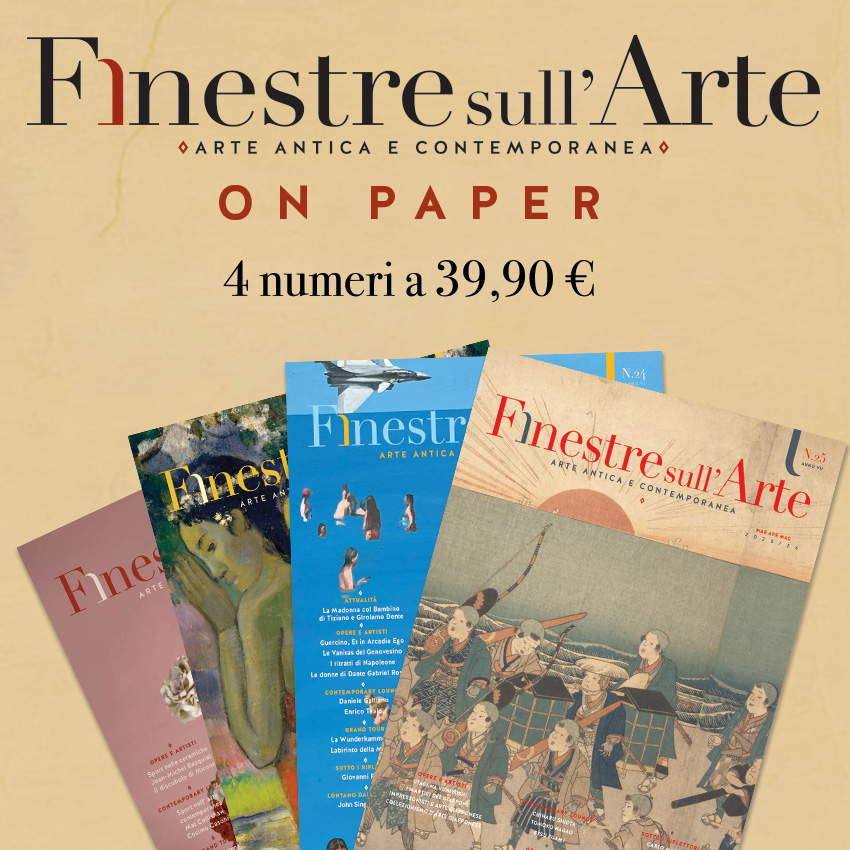Too much red tape in the Italian ancient art market. How it could be improved
The current picture of the market for ancient art in Italy points to regulations that, however necessary, are weighed down by too much bureaucracy that holds back dynamism and creates uncertainty for operators and collectors. While current regulations are fundamental to the protection of our heritage, there is room for improvement to make the market more fluid and competitive without compromising protection. One could consider, for example, a revision of export restrictions, where works of national importance are monitored, but with certain timeframes and more streamlined procedures. This, in addition to reducing insecurities, would provide a more favorable environment for operators.
The balance between the needs of the market and the preservation of national heritage is certainly delicate, but innovative tools such as the art passport-a witty proposal by Fabrizio Moretti-could prove to be a turning point. Indeed, the latter would ensure the traceability of works of art, allowing the state to maintain control over the most relevant assets, without unnecessarily interfering with those that, while valuable, do not pose a risk to the collective cultural memory. This would make the work of operators less burdensome and more transparent.

A more agile market would not only favor the antiquarians, but could attract new collectors, particularly younger generations, who tend to perceive the world of ancient art as complex and inaccessible. The adoption of less oppressive rules and targeted incentives could incentivize private individuals to become actively involved in the enhancement and protection of heritage, creating a network of collectors ready to guard these works with passion.
This private participation, supported by tax breaks and clear regulations, would transform the sector into a shared resource. It would increase transparency, facilitating the traceability of assets and offering new guarantees on the preservation front as well, allowing wider and more engaging enjoyment. With such measures, it would really give a new impetus to the whole sector, making our art market a model of balance between protection and openness, capable of dialoguing with the international scene and attracting an ever wider public. It would, therefore, be a positive change for the entire Italian art ecosystem and for fully enhancing our priceless cultural heritage.
This contribution was originally published in No. 24 of our print magazine Finestre Sull’Arte on paper. Click here to subscribe.
Warning: the translation into English of the original Italian article was created using automatic tools. We undertake to review all articles, but we do not guarantee the total absence of inaccuracies in the translation due to the program. You can find the original by clicking on the ITA button. If you find any mistake,please contact us.





























